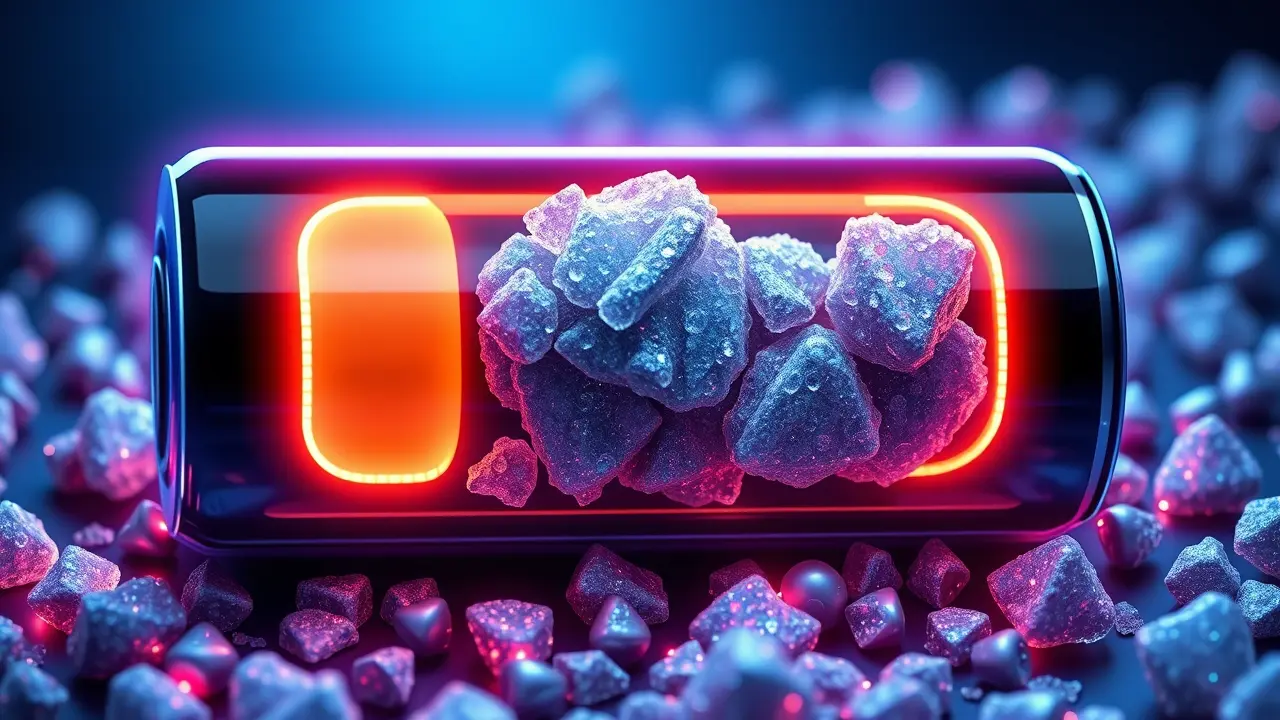Cheaper than lithium, just as powerful — Sodium batteries are finally catching up
The long-standing paradigm of lithium-ion dominance in the energy storage arena is facing its most credible challenger yet, not from a complex new element, but from a common and abundant alternative: sodium. In a development that reads like a page from a next-generation science playbook, researchers have cracked a fundamental code, successfully stabilizing a high-performance sodium compound that grants sodium-based solid-state batteries the power density and operational stability they have historically lacked.This isn't merely an incremental improvement; it's a foundational shift. The new material architecture conducts ions with a far greater efficiency than previous sodium iterations, effectively solving the sluggishness that has plagued the chemistry.More critically, this breakthrough enables the use of significantly thicker, energy-dense cathodes, directly addressing the primary metric where sodium has always fallen short against lithium. The elegance of this solution lies in its practicality; because it leverages a proven, scalable manufacturing technique rather than a bespoke and fragile laboratory process, the path from benchtop prototype to gigawatt-hour factory production is dramatically shortened.This convergence of performance and manufacturability is the holy grail for battery commercialization, suggesting that the era of safer, cheaper, and more environmentally benign energy storage is not a distant future prospect but an imminent reality. To understand the magnitude of this, one must look at the inherent vulnerabilities of the lithium supply chain—geopolitically concentrated, environmentally taxing to extract, and subject to volatile pricing.Sodium, by contrast, is literally extractable from seawater, offering a democratization of energy storage materials that could rewire global economic dependencies. The safety profile is equally transformative; solid-state batteries, by eliminating the flammable liquid electrolyte present in conventional lithium-ion cells, inherently mitigate the risk of thermal runaway and fires.This makes them ideal not just for consumer electronics and electric vehicles, where safety is paramount, but also for grid-scale storage installations located near population centers. Imagine massive battery farms supporting renewable energy grids, built with inherently non-flammable materials derived from table salt—this is the scale of the disruption on the horizon.Experts in electrochemistry are cautiously optimistic, noting that while lithium will not be dethroned overnight, this development represents the most significant leap for sodium chemistry in a decade, effectively closing the performance gap in key areas. The implications ripple outward into adjacent fields: for renewable energy, it promises more affordable and safer storage to smooth out the intermittency of solar and wind; for electric vehicles, it could enable a new class of budget-friendly cars without the cost and ethical concerns of cobalt and lithium; for developing nations, it opens the door to leapfrogging legacy energy infrastructure with decentralized, low-cost storage solutions. This is more than a battery update; it's a recalibration of the technological possibilities for a sustainable and secure energy future, built not on scarce resources, but on one of the planet's most common elements.
BR
Brandon Miller123k2 days ago
wait so my car could be powered by salt water? that sounds fake but i'm here for it tbh
0
